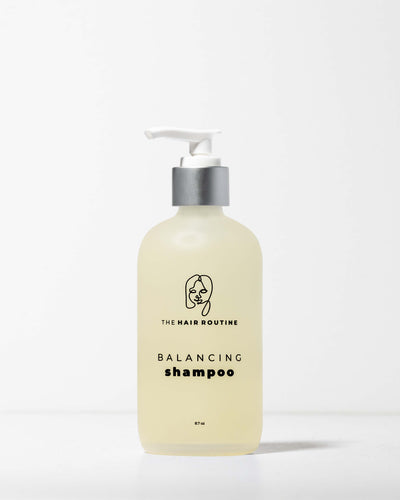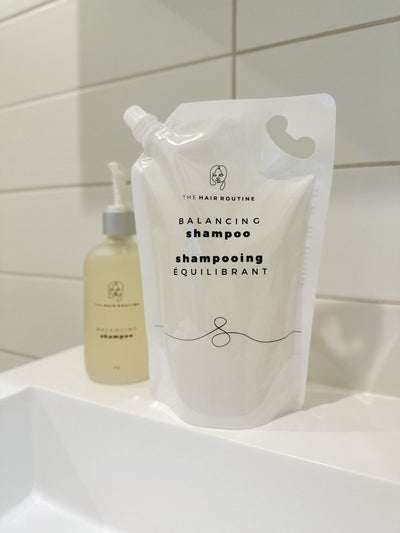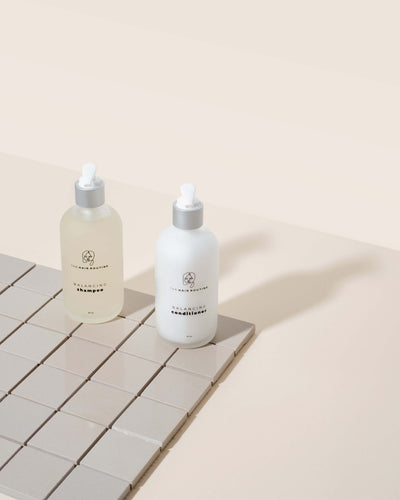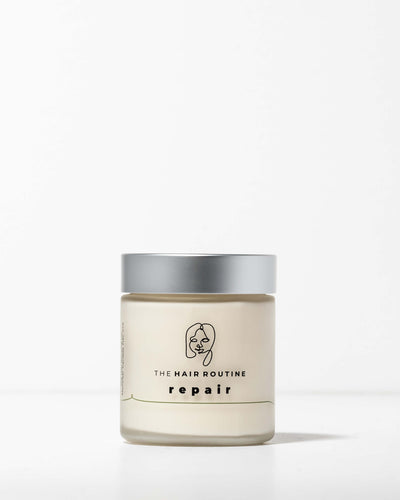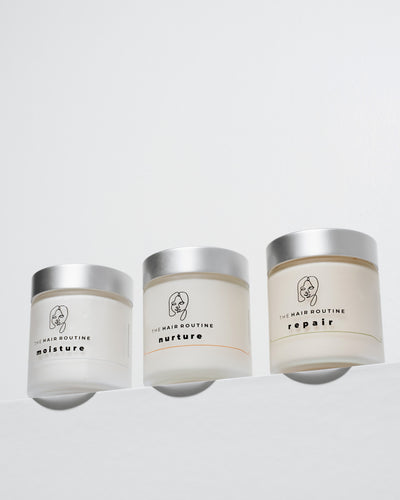6 Essential Tools For A Complete Hair Routine
What you’ll learn:
- The hair tools you need:
- Microfiber towel
- Wide-toothed comb
- Hair clip
- Wooden Spoon
- Hair Cap
- Calendar
A hair routine is never complete without the tools that make your experience a more elevated one. When it comes to self-care sessions, being fully invested really does pay off, and being prepared with everything you need facilitates the transition from a one-time thing to a routine.
Following a hair care routine and applying a hair mask is part of a pampering ritual that lets us keep our hair in great shape, so it should be treated as such even if it’s something that’s done once or twice a week. If you want to follow a hair care routine that you can implement into your lifestyle you’ll need a: water, oil, and protein treatment as well as these 6 essential tools:
Soft towel
A fabric that is gentle to the strands will make a huge difference for your hair. When the hair strands are wet, they are three times weaker and more likely to get tangled and break so we need to be careful with what we do as they dry.
A microfiber towel is a towel made out of a fabric that is 100 times finer than a human hair, “a square inch on a microfiber towel holds up to 200,000 fibers, which creates a larger surface area in which to absorb moisture.” Using a microfiber towel reduces damage that is usually caused by regular towels because it dries the hair faster. Nevertheless, microfiber is usually made with synthetic fabrics such as polyester and it’s not sustainable, and a better alternative is using a cotton t-shirt-like fabric. Like the microfiber fabric, cotton is soft and the fibers are closer together, making it the perfect alternative for a gentle dry.

Wide-toothed comb
Applying your treatments evenly and maximizing the use of your products is important. In order to do so, you’ll have to “divide and conquer”. Use a wide-toothed comb to comb through the knots to have a smooth surface when it’s time to apply the hair treatment. Divide your hair into sections whichever way you prefer: top and bottom or left and right. This takes us to our next essential tool: a hair clip.

Hair clips
A hair clip that is big enough to hold your hair up when you divide it into your preferred sections is a must-have. Dividing your hair makes applying the product so much easier, and more efficient. No product will be wasted and you’ll be sure that all the hair strands are receiving the full benefits of the treatment.
A Wooden or Plastic Spoon
Once the hair is sectioned, use a wooden or plastic spoon to scoop out a teaspoon of product. We don’t recommend using metal spoons as they may alter the pH of your hair products. Apply the treatment evenly throughout the section of your hair that is free and then do the second half. Make sure everything is covered but not saturated. Good thing The Hair Routine Treatments include a small wooden spoon that is the perfect serving size for the treatments.
Shower Cap
Use the hair clip you used before to place your hair up in a bun. This is not necessary for short hairstyles. Place a shower cap that covers all of the hair and let the treatment work for 7-20 minutes. The shower cap keeps a nice, warm, and humid environment that will allow the strands to fully absorb the treatment for best results.
Once the time’s up, remove the shower cap and the hair clip. Rinse off the treatment thoroughly and apply a conditioner with a pH that helps seal down the cuticles for a smoother finish.

Calendar
Last but not least, you’ll want to know exactly which treatment goes next in your hair routine. All hair types need three different hair treatments to be healthy, one that replenishes the strands with water, one that gives oil, and one that repairs broken bonds with protein. Download our app and complete the hair consultation to receive your personalized Hair Routine and schedule it to have a calendar. You’ll receive your routine along with an explanation of what your hair is lacking to be at its best, and a calendar that helps you follow the routine.
What is a Hair Routine and why follow one?


